Hostile Architecture, Anti-Homeless Architecture, or Defensive Architecture are various names for one specific type of design: design that stops people from doing certain activities. These activities range from simply “staying” in one place for too long, sleeping on a bench, begging in front of a shop, or skateboarding. This type of architecture can mostly be found in public spaces, semi-public spaces, or privately owned public spaces, mainly in highly developed “Western” countries.
The term’s origin is unknown, but Michelle Legro from Topic magazine found out that “hostile architecture has always been part of urban life. In 19th-century England, anti-urination devices – conical mounds of stone filling out the corners of buildings – prevented people from relieving themselves. Anti-roosting spikes have long been a popular form of animal control […]. But it wasn’t until the 1980s and ‘90s, when the broken-windows theory of policing took hold in American cities, that seemingly banal behaviors had the potential to be criminalized if they happened on the street: sitting, standing, waiting, sleeping.”
Hostile Architectures are simple design elements – most often spikes, bollards, armrests, or tiny metal pieces added to curbs and plinths to prevent skaters from skating or people without shelter from resting. Other ways to prevent certain activities from taking place are actual fences, installing human guards, unpleasant lighting such as blue and cold lighting (which is psychologically less inviting) or not providing any seats, benches, or architectural elements that would make staying in a space more pleasant. In fact, often such hostile designs are themselves not only hostile but also against the law.
In an article about New York in the New York Times, Winnie Hu states: “[T]he city has required regular inspections of privately owned public spaces to ensure more public access. They have visited 333 properties, of which, 193 were cited for violations, including spikes in seating areas, missing signs, and other amenities.”
Those in favor of Hostile Architecture claim its necessity for safety for women and kids, and its effectiveness against loitering or littering, yet against people without permanent shelter overall. Nevertheless, this approach erases the symptoms of a broader structural problem, leaving many arguing that the money invested in Hostile Architecture could have been donated to social organizations instead. However, those against it claim its negative impact on the community. “‘And the trend is bad for civic life’, says Cara Chellew, a researcher for the Global Suburbanisms Project at Toronto’s York University. The elements that make spaces hostile for targeted populations also make them hostile for the general public.” Other opponents claim the necessity to provide “[…] a sense of solidarity to those suffering from the growing issue and aim to call out the injustice of governmental policy surrounding homelessness.” Therefore, in many ways, the discussion around Hostile Architecture is located at the epicenter of broader debate – social exclusion vs. social inclusion – and the people having these debates are private developers, city governments, real estate developers on one side, and social workers, communities and urbanists on the other.
Hostile Architecture is an expression of power and challenges the overall notion of a true public space for everyone. In the following, I want to show ways in which Hostile Architecture has triggered communities to imagine alternatives, sparked a debate, and led to bottom-up actions – in other words: Examples of Anti-Anti Hostile Architecture. Part of this is one essential notion: Architecture is not only about providing solutions to a problem or polishing its symptoms, but architecture is about representation, about how a community wants to be perceived and how inclusive it wants to be to all its members.
A first-well known example comes from artist Sarah Ross from Chicago already in 2005. Her “Archisuits” are tracksuits equipped and suited to defy various Hostile Architectures and create additional spaces where there are no spaces to sit or rest. Ross states: “The suits […] allow a wearer to fit into, or onto, structures designed to deny them. The project points at architecture as an arm of the law, a form that uses the built environment to police and control raced, classed, and gendered bodies. Archisuits suggest a wearer might resist by not only being present but being present comfortably, leisurely.’”
In the same year, the artist did another project called Body Configurations Testing Resistance using human bodies to fit on and around Hostile Architecture. These examples point to the politics underneath this sheer architectural design: On one hand, they appear humorous and smart whereas they are actually raising many relevant questions: Who owns the city? For whom is the city? Ross’s artistic practice has other works for more inspiration and is definitely work looking at. It can be found here.
The next example I want to mention comes from the United Kingdom and follows a slightly different approach. Stuart Semple is a multidisciplinary artist from Bournemouth. In 2018, Semple walked around his hometown and saw, that armrests had been retrofitted to public benches to prevent people without permanent shelter from sleeping. He consequently posted a picture of these benches and received overwhelming responses. His consequent petition to remove the armrests was signed by over 20.000 people forcing the local government to take them down. But this was not enough: At the Hostile Design website, Semple collects images of hostile designs from around the world and sells stickers reading Design Crimes in order to gather money to be invested into more inclusive designs. More examples from this movement against hostile design can be found following the Instagram hashtag #hostiledesign.
Whereas the first two examples are mainly situated around raising awareness, the next example by Raincity Housing – an organization from Vancouver dealing with homelessness and housing – provides more practical support. Their self-designed bench is a temporary shelter for people without such and works by unfolding the backrest into a roof in case of rain or for the need of more psychological safety. The text on the backrest makes the message clear: This is a bedroom or in another design or the address of the bench 291 Alexandra Street are indicating that a bench can be a home for someone. Fiona Lowenstein from Bustle has called this bench poignantly the Anti-Anti Homeless Bench and it is meant to raise awareness and share information about the other housing options provided by Raincity Housing whilst also providing a solution for those in urgent need. Similar, but less focused on people without permanent shelter, are the design additions by Softwalks, an urban innovation studio from New York.
The designers have developed chairs, tables, plant pots, and other furniture that can be easily hooked to and installed on existing urban spaces such as rails, curbs, and scaffolds. The project is currently looking for business partners to scale their design after a successful Kickstarter campaign.
Another initiative called “Space, Not Spikes” from London established in 2015 takes a similar approach of adding something to the space to create possibilities. Spikes preventing people without shelter from sitting on the floor are covered with mattresses and pillows and joined by a bookshelf. This creates a temporary home for those in urgent need. One of its members Borromeo states: “But we need to call out injustice and hypocrisy when we see it.” Here it becomes clear that solutions to a broader structural problem such as homelessness can start with a very basic sign of care and solidarity.
In Cambridge, for example, a group calling itself Shlubs for Housing has been wanted by the police for having simply removed armrests added by the city in a central square. This, of course, is a crime but the message is sharp and clear: Instead of excluding some people, provide more opportunities for inclusion. Instead of covering benches with armrests to prevent people without shelter from sleeping, provide more benches so that homeless people can sleep and additionally, others can sit and rest. Hostile Design is an example of how the powers of many can succeed the powers of a few or one and how architecture itself communicates messages to everyone, even if it is not used by everyone.
Many other bottom-up solutions against Hostile Architecture can be found around the world. However, this concerns not only the field of Hostile Architecture but also informal, temporary, and flexible designs which aim at appropriating space, turning spaces into places, and providing inclusive approaches by adding elements where there are none, or, in other words: The Anti-Anti Hostile Architecture is Inclusive Architecture. It invites us to think critically about the spaces around us and for whom they are made and for what purpose. Whereas, of course, no one wants spaces to be littered or permanently made unavailable because people without shelter are forced to dwell there due to lacking support and safety, the solution to the problem is to not push the problem away.
In the end, we hope these examples have given an impression of a more bottom-up and urbanistic approach to urban planning and emphasized that spaces are a matter of continuous negotiation – sometimes without words.




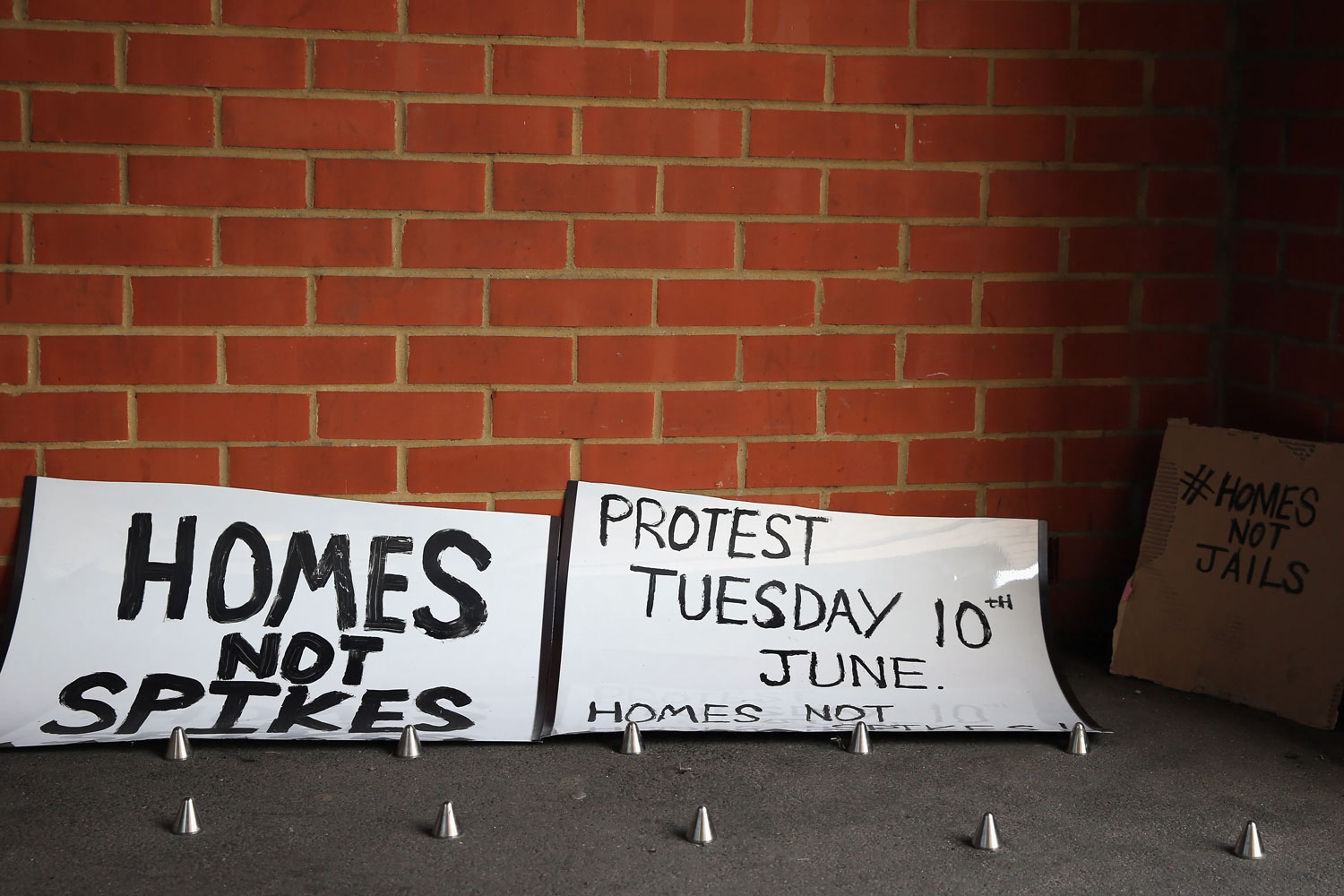
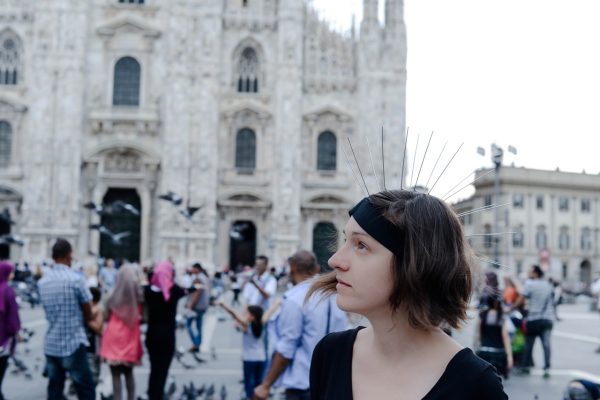
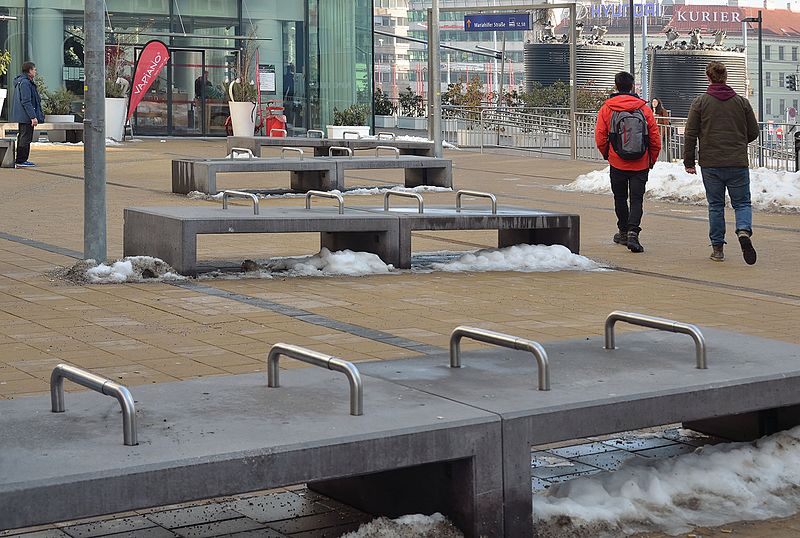
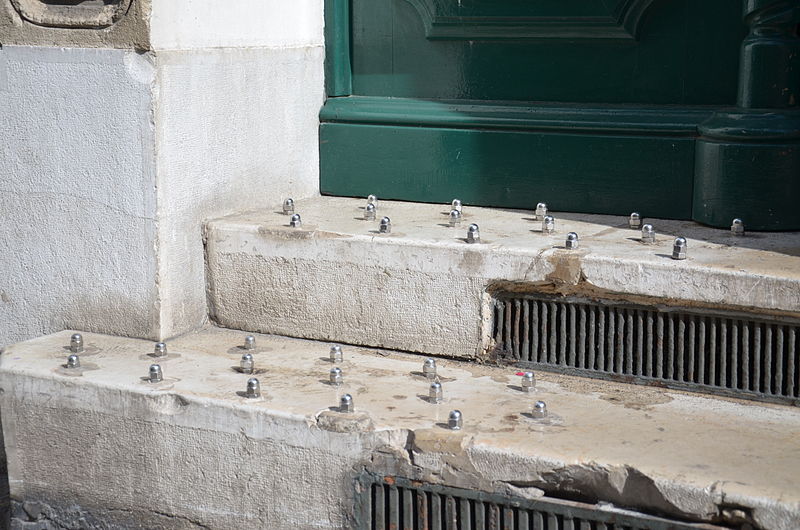
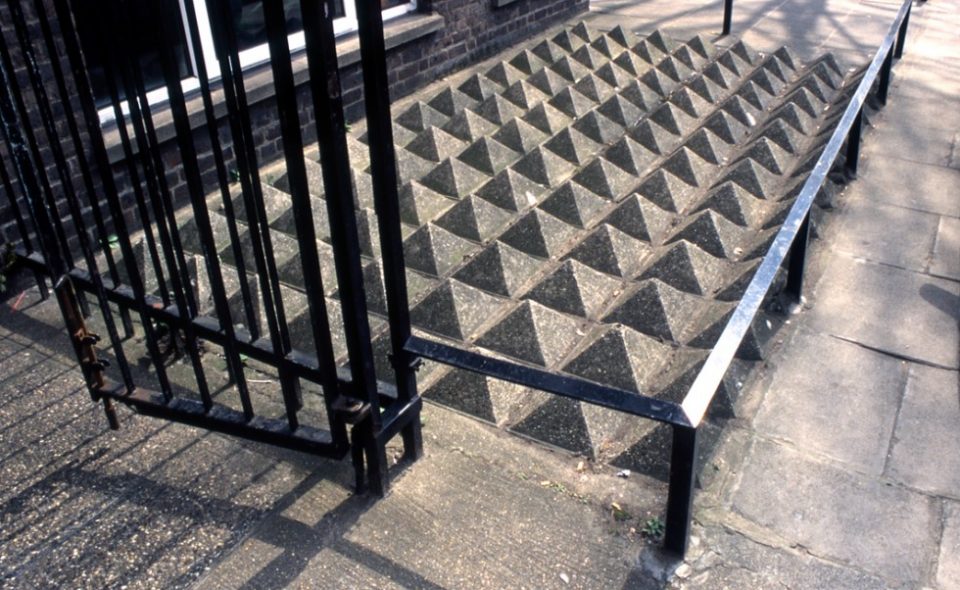
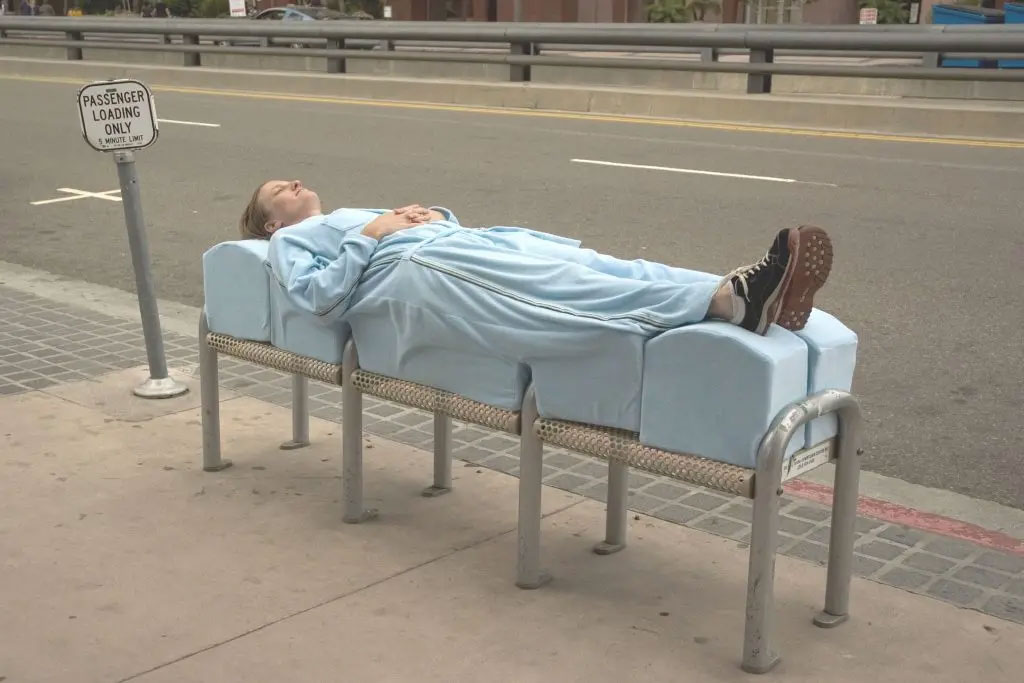
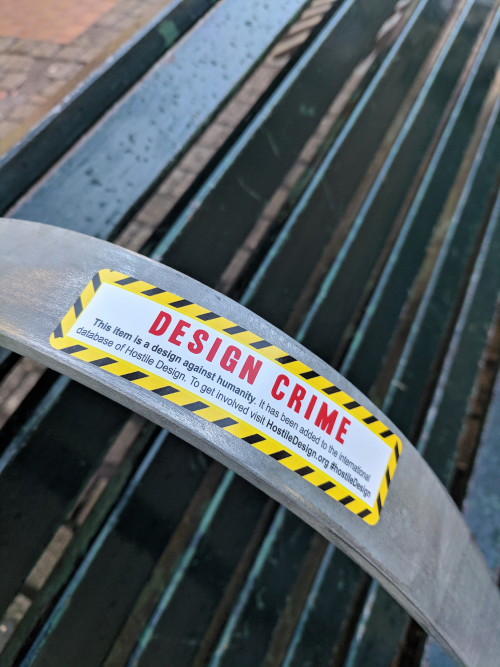
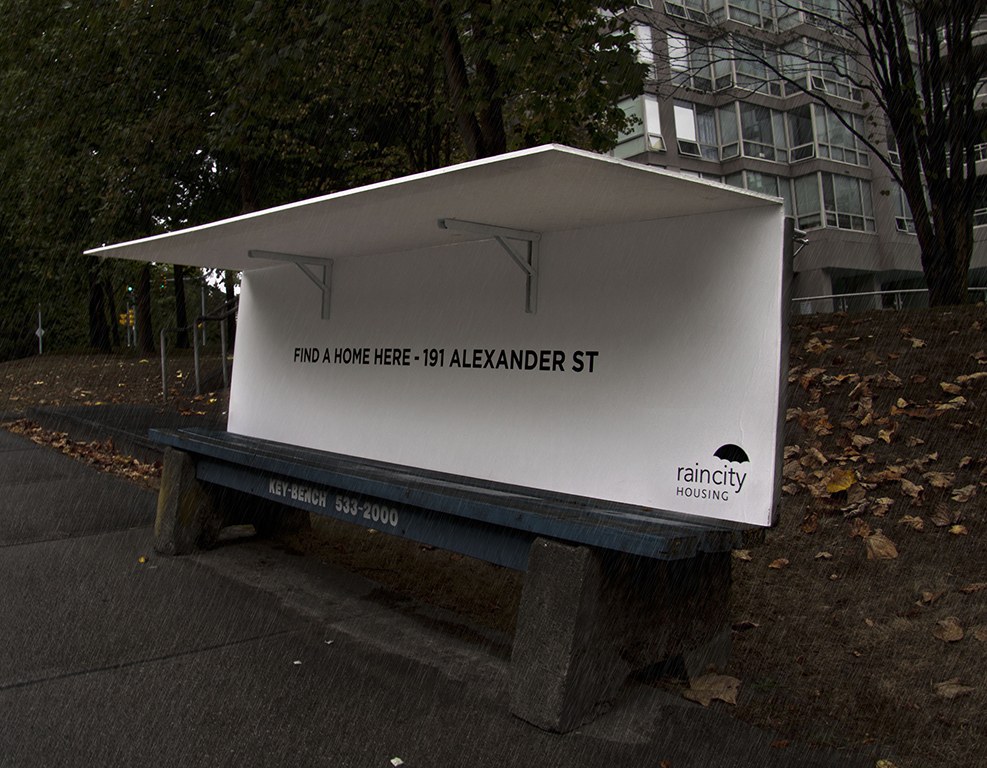
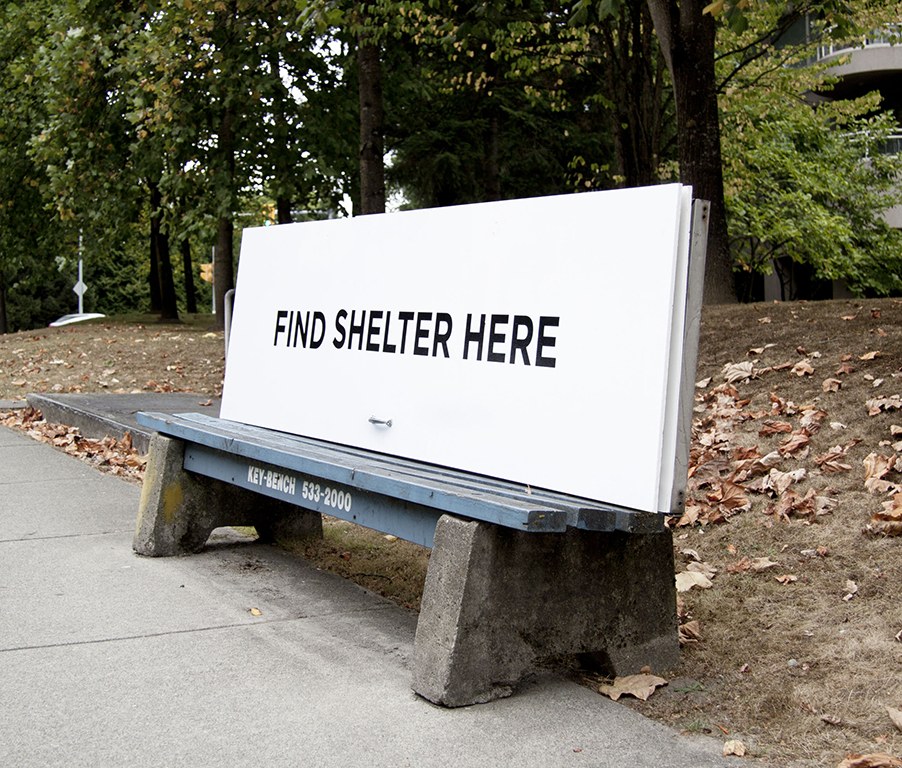
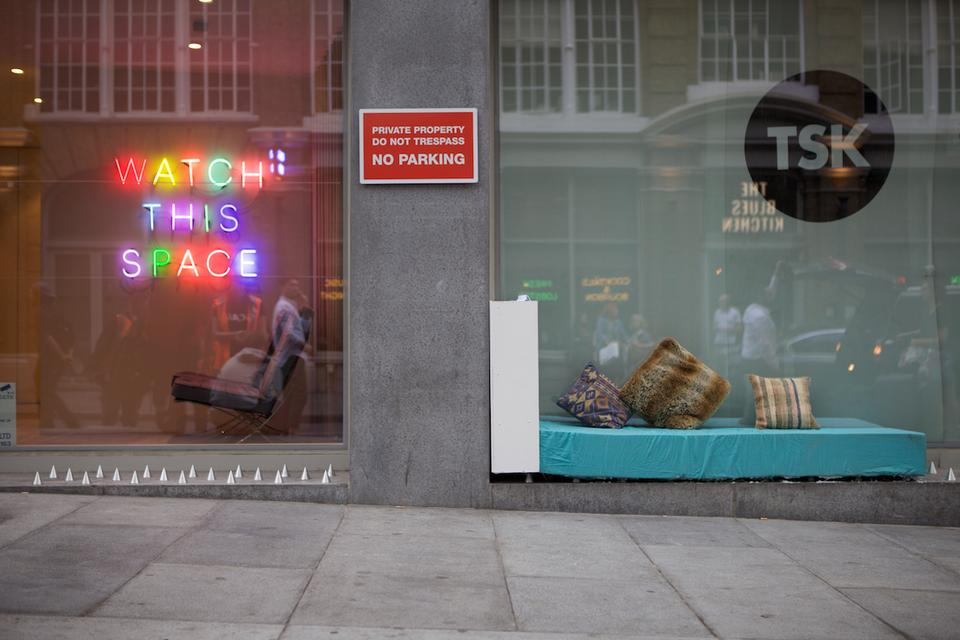
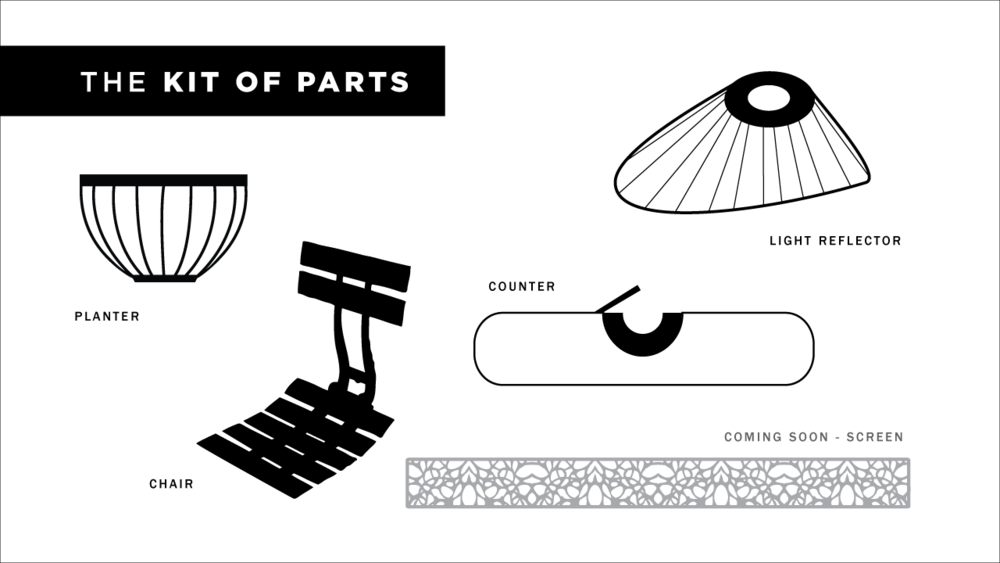














Leave a comment